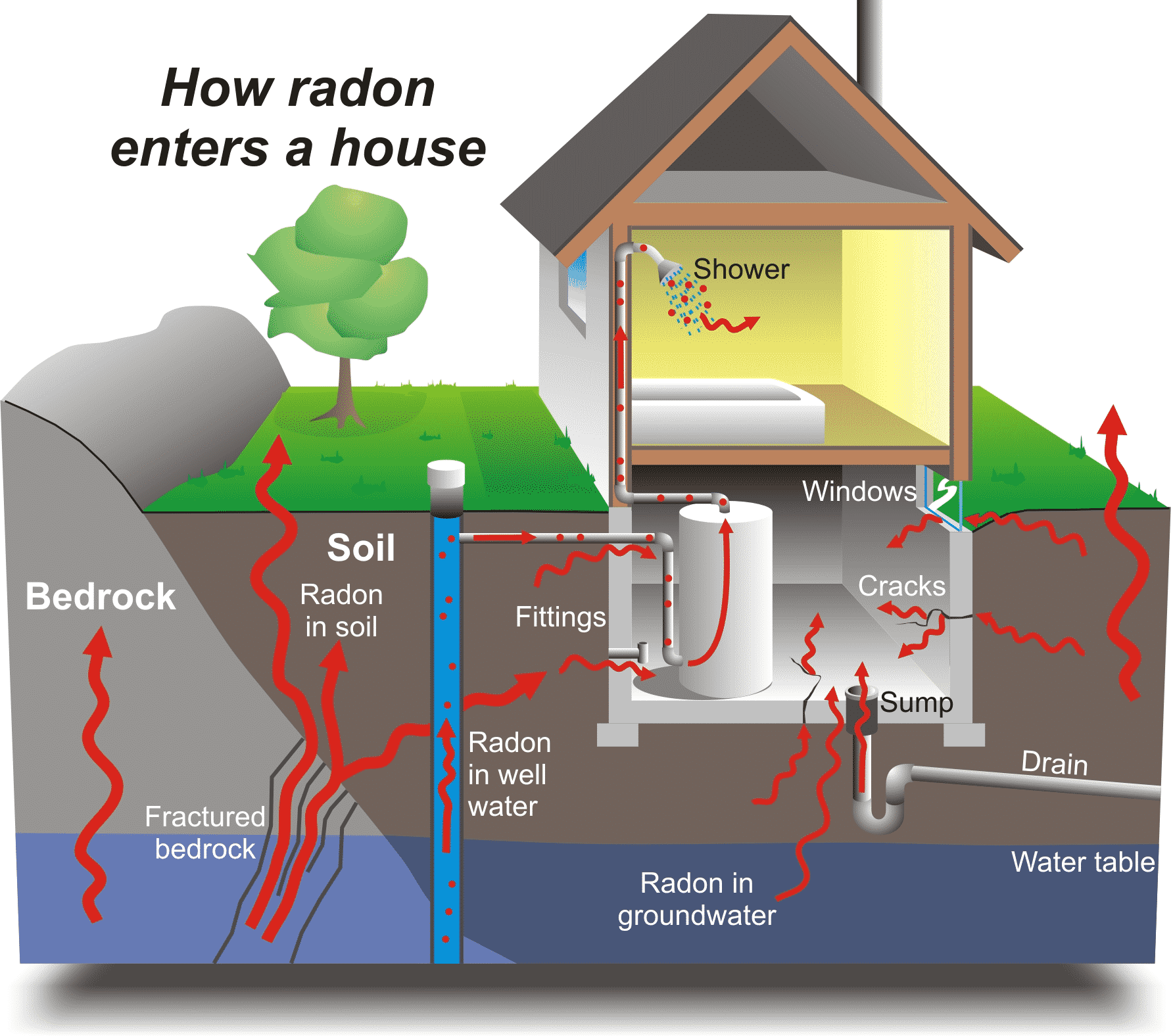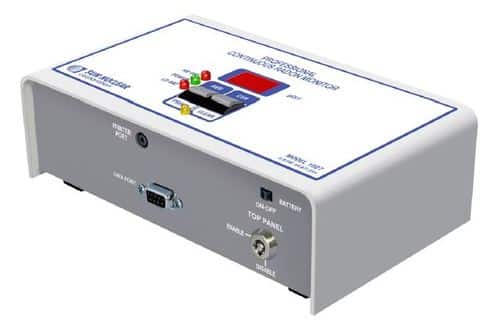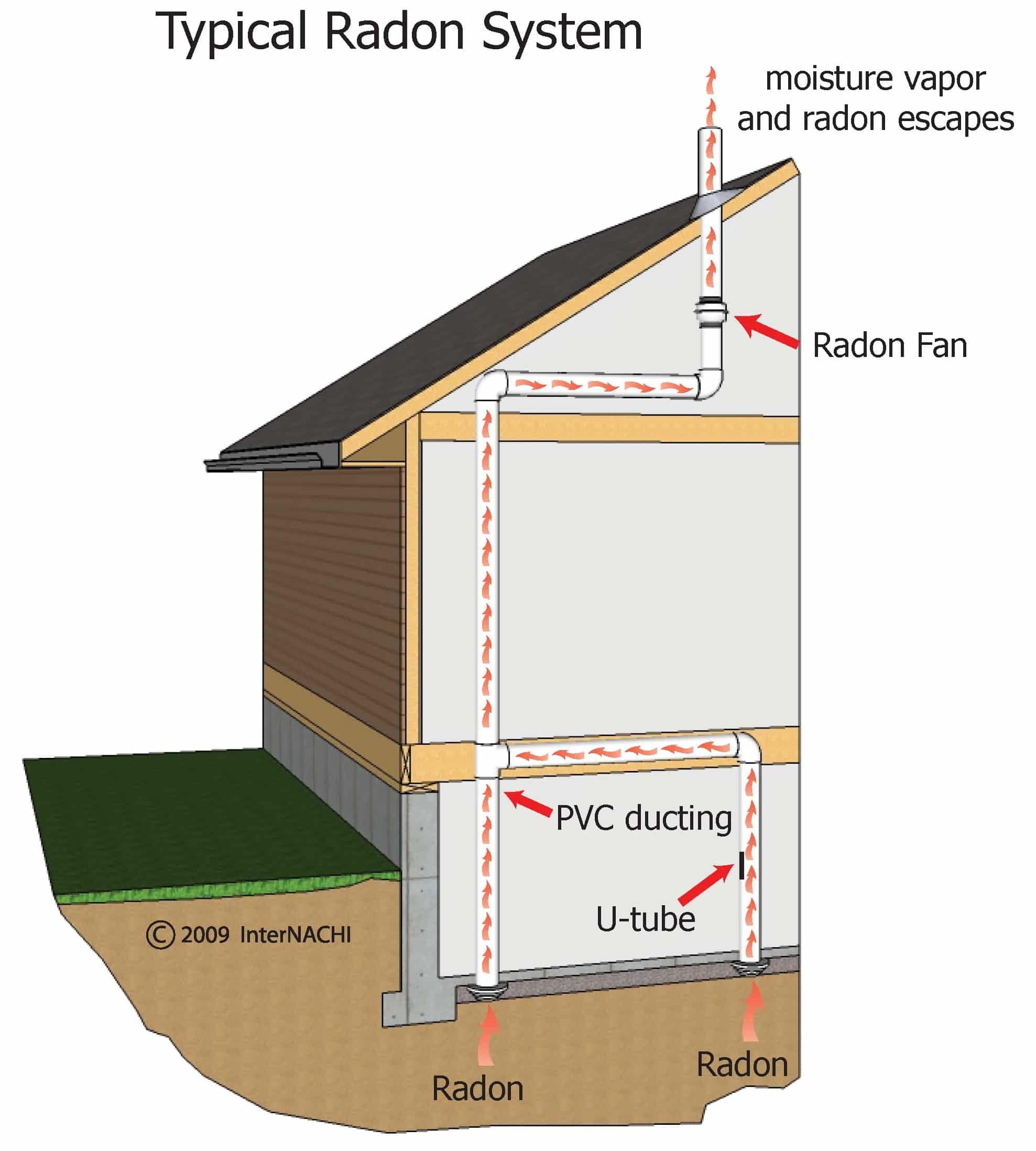
Radon Gas | Pro-Check Home Inspections Colorado Springs CO
What is Radon?
Radon is a naturally occurring radioactive gas. It is produced in the ground through the normal decay of uranium and radium. Uranium decays to radium, which then decays to radon.
Radon levels vary from home to home, you cannot gauge the radon level in your home by the results in a neighbor’s home. Although some scientists dispute the precise number of deaths due to radon, all major health organizations, including the Centers for Disease Control, the American Lung Association and the American Medical Association agree with estimates that radon causes thousands of preventable lung cancer deaths every year.
Millions of homes have elevated radon levels. Radon can be a problem in all types of homes, old homes, new homes, drafty homes or homes without basements.
Why is Radon Dangerous?
Radon itself is an inert gas & poses no danger, but radon decays to polonium & lead particles. These and later progeny are chemically very active as well as radioactive. When you breathe, these radioactive progeny lodge in your lungs, bronchi, and trachea. The radiation disrupts and mutates cells and can, eventually, result in lung cancer.
Radon is estimated to be the second leading cause of lung cancer in the United States. Its health risk increases with the length of exposure and concentration level of the radon. It is estimated that 15,800 people die each year as a direct result of Radon exposure, that is 43 people every single day.

How does Radon
Enter the Home?
Radon moves through small spaces in the soil and rock on which a house is built and can seep into a home through dirt floors, floor drains, sump pits, cracks in the foundation and basement floor & up through hollow core block foundation walls. Differences in air pressure between the basement and the soil beneath the home also play a part in the migration of radon gas.
What Level of Radon is Considered Hazardous?
The EPA has set the level of concern at 4 picoCuries of radon per liter of air (4 pCi/L). This is a very low concentration, roughly one radon atom in a billion-billion air atoms, however, the radon atoms are radioactive and that makes the difference. We breathe about 20 liters of air into out lungs each minute. At 4 pCi/L we accumulate about 10,000 radioactive atoms in our lungs, trachea, and bronchi every minute.
How do you test for Radon?
Radon gas testing is a 48 to 73 hour test. Special test conditions must be obtained in order to receive the most accurate results. The test may be conducted during any season, as long as closed building conditions can be maintained. All external doors, windows, and vents should be kept closed from 12 hours before starting the test until the end of the test. You don’t need to change your normal entry and exit routines, just make sure you close the door behind you. If the building has a permanently installed radon mitigation system, air to air heat exchanger, and/or combustion air supplies for furnaces, etc., they should be operated normally. However, do not operate any whole house or window fans during the test. Our certified home inspectors are both trained and equipped to conduct your radon testing home inspection!



Contact Roland for your Pro-Check Home Inspection!
Roland Stahnke
Colorado Springs, CO
Home Inspections Colorado Springs

